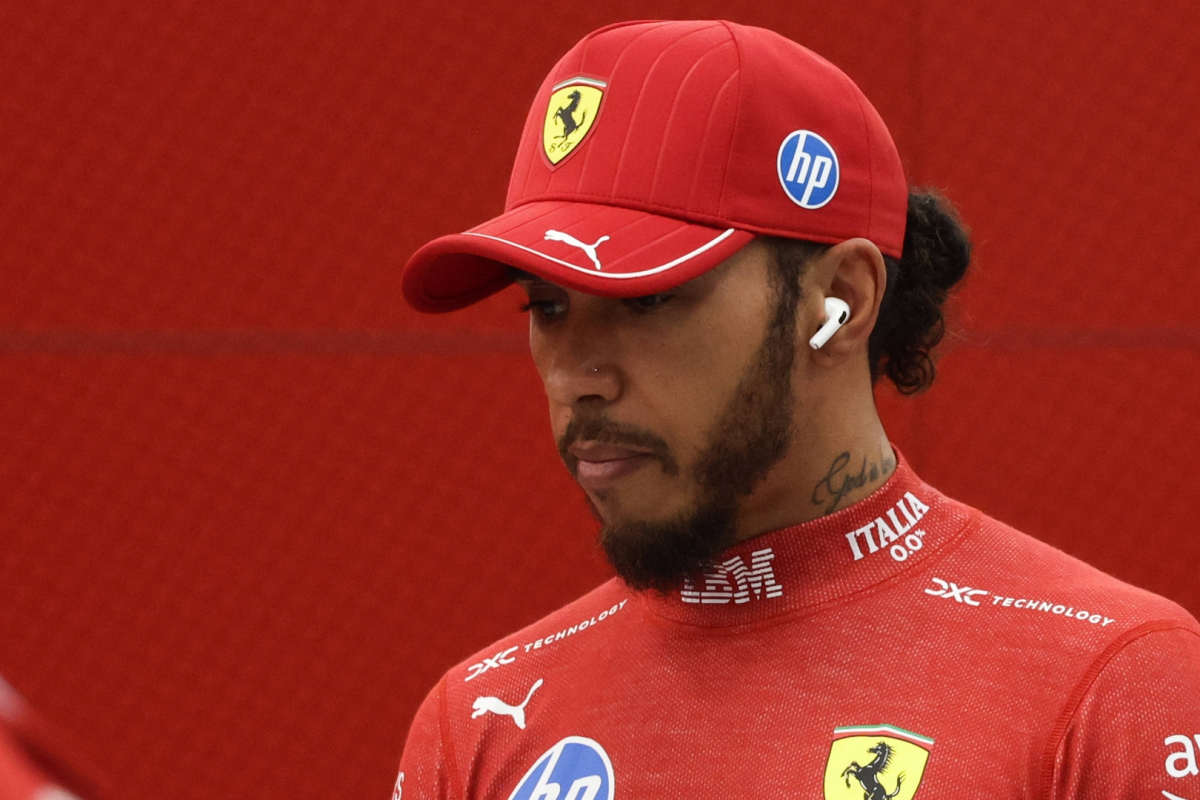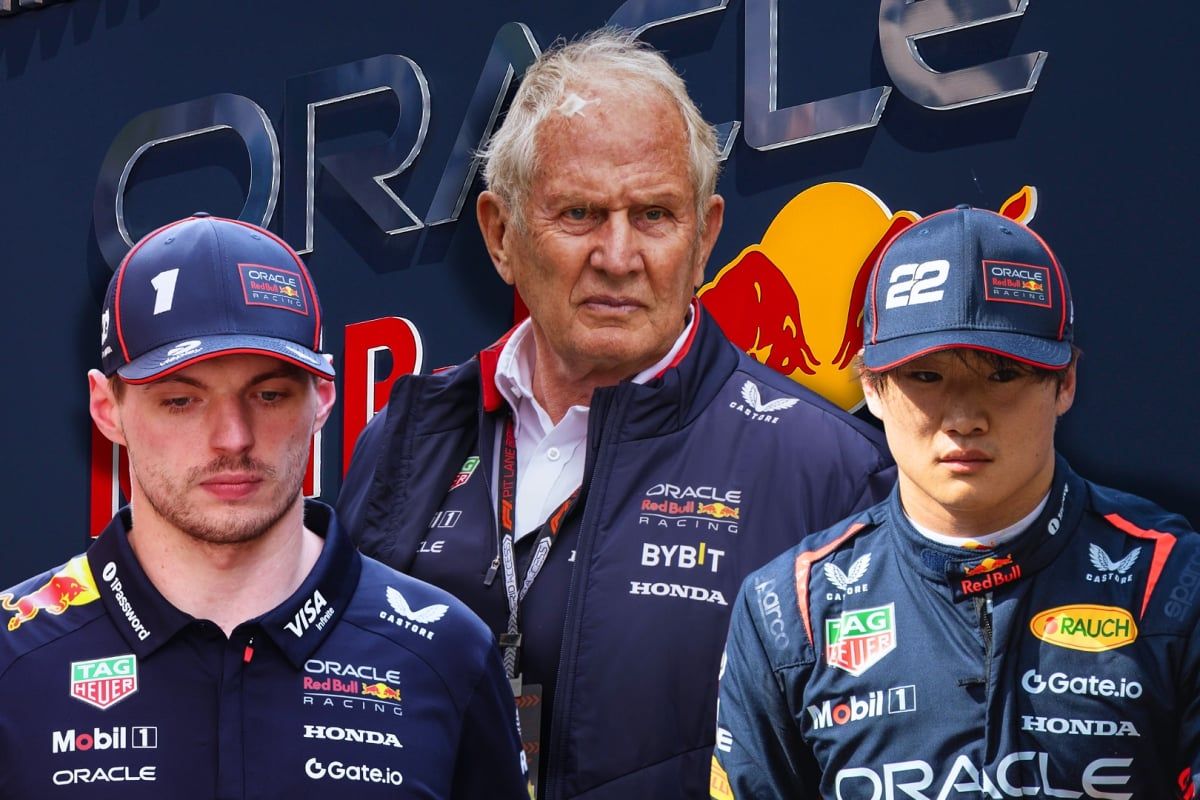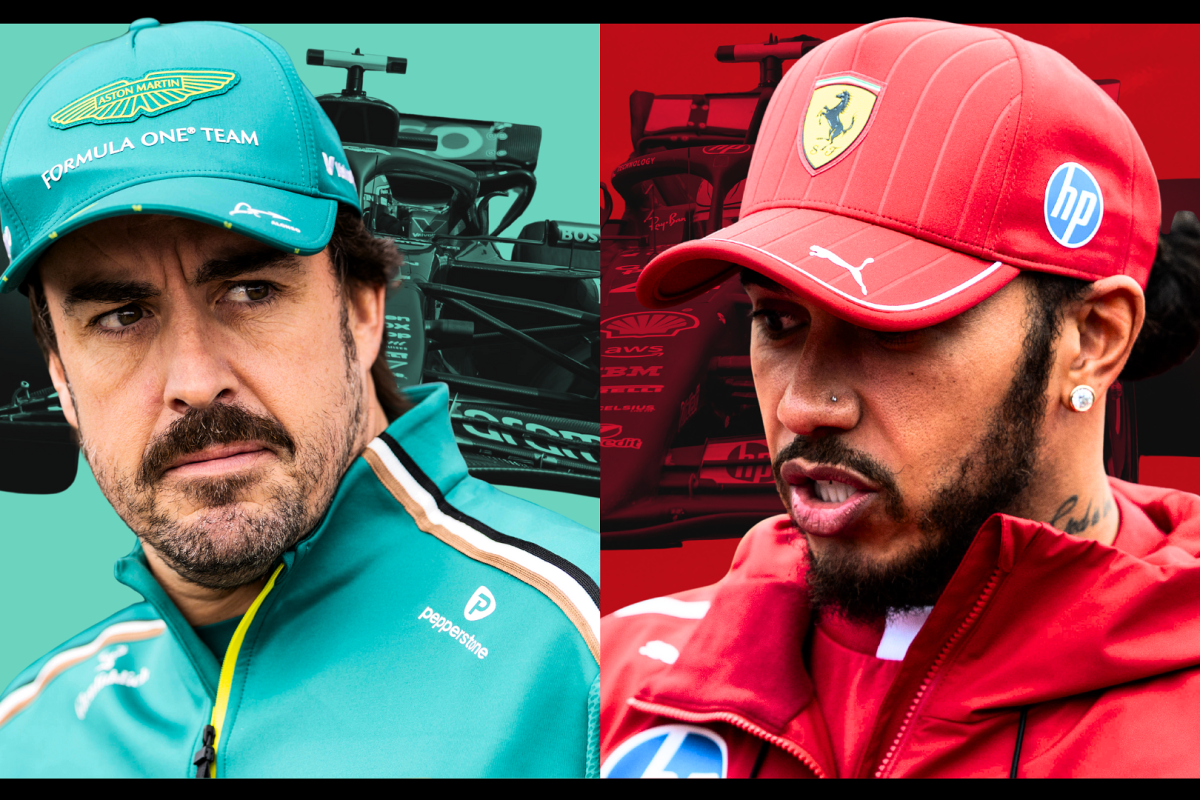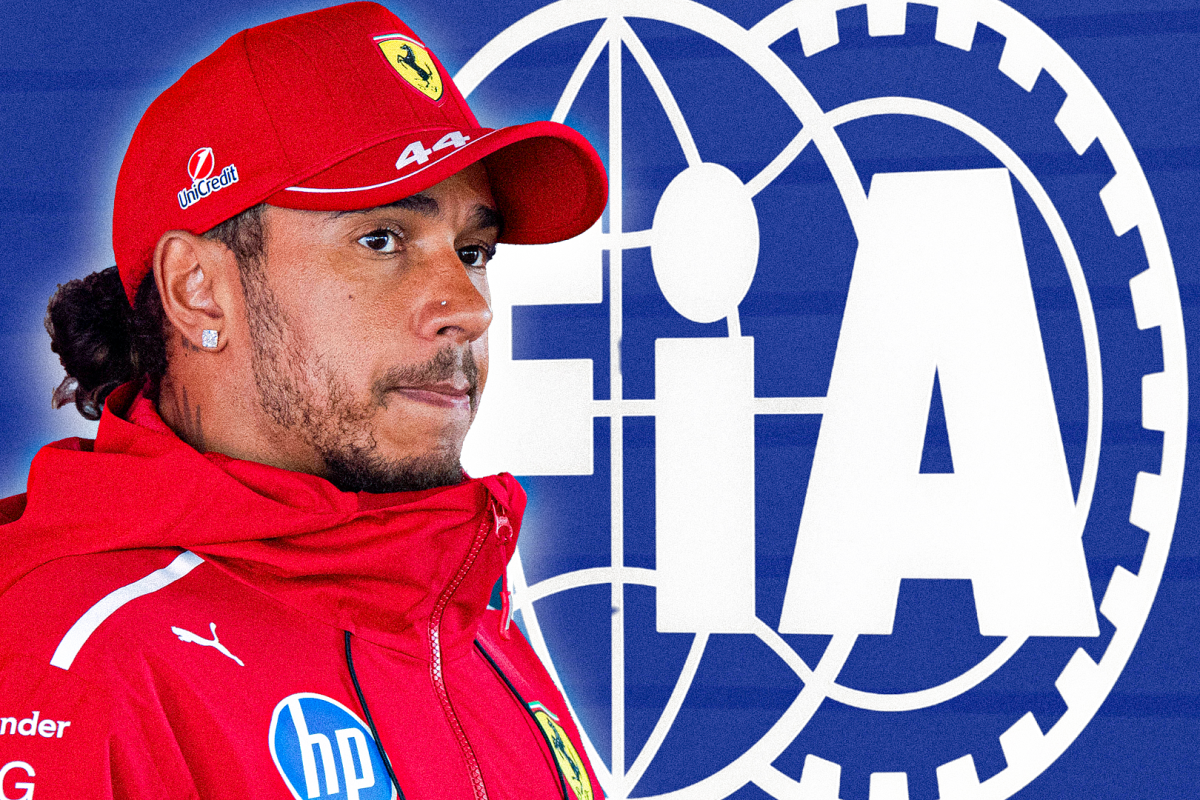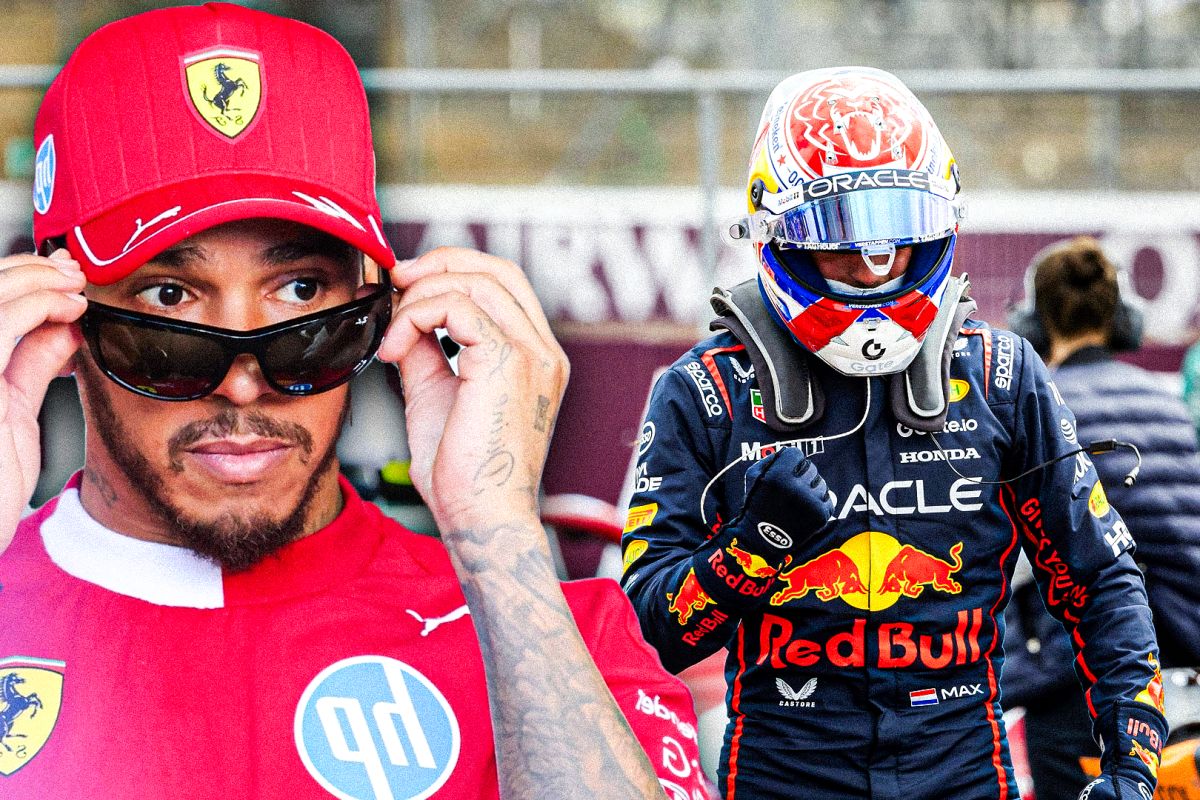Lewis Hamilton and Ferrari ‘Terrified’ After Double F1 Disqualification Sparks O…read more
Ferrari’s tumultuous start to the 2025 Formula 1 season has come under renewed scrutiny following a double disqualification at the Chinese Grand Prix that appears to have had lasting effects on the team — particularly on seven-time world champion Lewis Hamilton. Despite initial optimism surrounding his high-profile move from Mercedes to Ferrari, Hamilton has faced a series of underwhelming performances, prompting speculation and concern from fans and pundits alike.
The controversy in Shanghai back in March has proven to be a turning point. Both Hamilton and his teammate Charles Leclerc originally finished in the points, giving Ferrari a much-needed morale boost early in the season. However, post-race inspections revealed that their cars were not compliant with FIA regulations. The team was hit with a double disqualification due to infractions involving the car’s weight and excessive plank wear — a technical breach that rendered their results void.
The incident caused embarrassment at Maranello, with Ferrari issuing a formal apology to fans and vowing to avoid similar errors in the future. Yet, the aftershocks of that moment continue to ripple through the team’s garage. Sky Sports F1 analyst Ted Kravitz recently suggested on the network’s podcast that the disqualifications may have fundamentally altered Ferrari’s car setup and performance trajectory.
“China was competitive, but because of the double disqualifications — on car weight, which is explainable, but plank wear which is probably more to the point — they’ve had to raise the car,” Kravitz explained. “And something Lewis referred to, he said, ‘We’ve not been competitive since China.’”
The key concern lies in the adjustments made to ensure future compliance. Kravitz believes Ferrari has opted for a more conservative ride height to avoid the risk of additional disqualifications, especially in relation to plank wear. The FIA mandates a minimum plank thickness under the car to prevent teams from running overly low ride heights for aerodynamic advantage. Once that limit was exceeded in Shanghai, Ferrari had no choice but to raise the car, compromising performance.
“Is that just because they’ve raised the car because they can’t run it low — because they’ll get disqualified — and they’re so terrified of that double disqualification which was so embarrassing for them?” Kravitz pondered. “Or is there something else going on?”
Hamilton, who had been viewed as a transformative figure for Ferrari following his stunning offseason switch from Mercedes, has since voiced increasing frustration. Despite a sprint race victory in China, the Briton has been a long way off the pace in full-length races. In fact, he has only managed one top-five finish in six Grand Prix starts — a dismal return for a driver of his pedigree.
Meanwhile, Ferrari’s broader technical direction has also raised eyebrows. Kravitz highlighted structural changes within the team, including the arrival of Loïc Serra, formerly of Mercedes, and a shift to a pull-rod front suspension system — a departure from their previous design philosophy.
“They got Loïc Serra arriving this year and together with their engineers they decided to go with a pull-rod front suspension,” Kravitz noted. “This is the Ferrari that finished second in the constructors’ last year. This is the Ferrari that was chasing down Lando [Norris] at a rate of knots at Abu Dhabi. It was a good car at the end of 2024.”
The change in suspension geometry was initially heralded as offering more developmental headroom, but results on the track have not supported that optimism. Instead, Ferrari has appeared inconsistent and lacking in both raw speed and race pace — critical issues that have prevented them from challenging frontrunners like Red Bull, McLaren, and even Mercedes in certain races.
The downward spiral has led to speculation about Hamilton’s long-term commitment to Ferrari. Though he signed a multi-year contract, some insiders believe he could consider an early exit if the team fails to deliver a competitive car soon. The combination of strategic missteps, setup compromises, and internal restructuring may be proving too steep a challenge even for one of F1’s greatest drivers.
As the season progresses, all eyes will remain on Ferrari to see whether they can recover their form and provide Hamilton with a platform to fight at the front. Until then, the shadow of that Chinese Grand Prix disqualification looms large — a costly mistake that may have derailed one of the most anticipated partnerships in recent F1 history.
